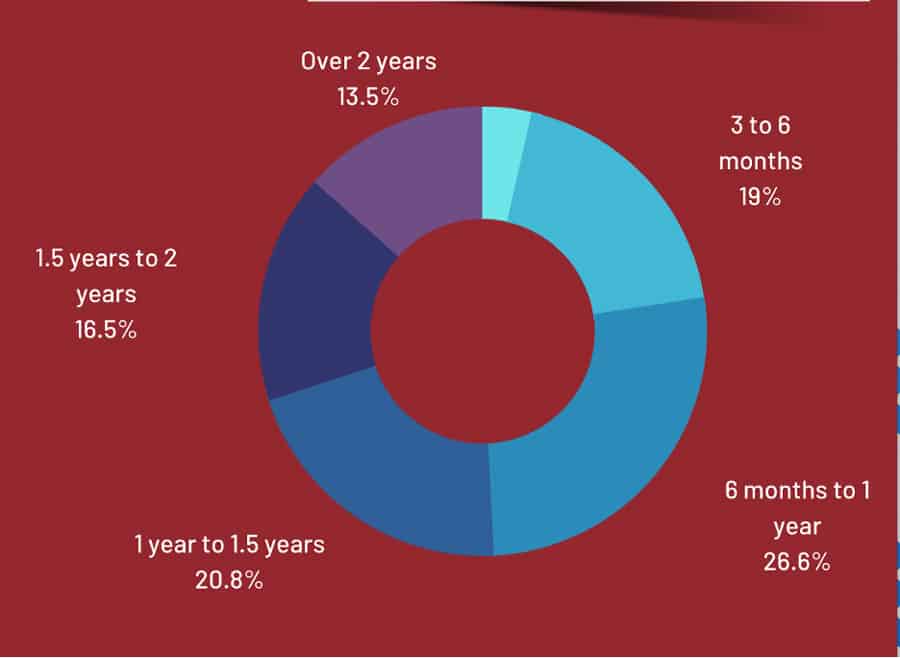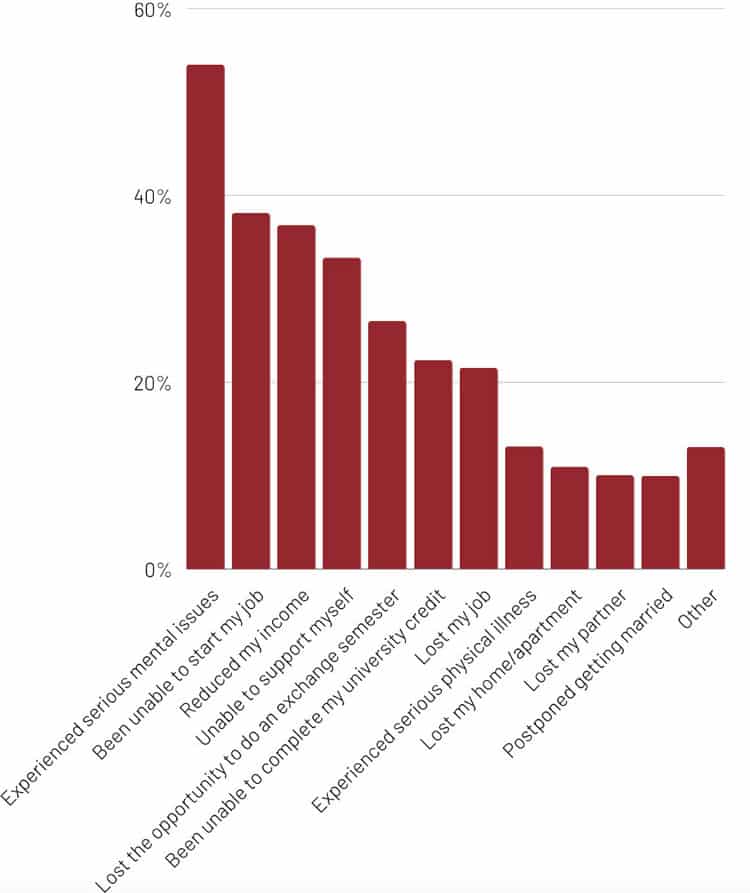More international students moving on from Japan as border closures persist
- Only 87 international students will be permitted entry in February 2022 due to sharply rising COVID infections in Japan and resulting border policies
- A new online survey finds that nearly half of students who originally planned to study in Japan have switched destinations
- After reaching its goal – in 2019 – of hosting 300,000 foreign students by 2020, Japan has seen its international enrolments plummet
- The Immigration Services Agency of Japan reports a 90% drop in the number of new international students entering Japan in the first half of 2021 compared with the first half of 2019
COVID infections in Japan have reached a record high, with more than 70,000 daily infections being reported currently.
Those surging numbers led the Japanese government to postpone its planned border opening as of 30 November and, as of this writing, the country's borders remain shut. Only a small number of international students – as few as 87 – are expected to be allowed to enter the country “as exceptions” in February, according to Chief Cabinet Secretary Hirokazu Matsuno.
This represents a tiny fraction of the estimated 147,000 students who have been waiting to return to Japan for their studies. The students who have been selected for entry were chosen because they are scheduled to graduate within the year. They are also funded through the Japanese Ministry of Education, Culture, Sports, Science and Technology.
Profound student disappointment
Davide Rossi, owner of the agency GoGo World and founder of the site EducationIsNotTourism.com, a site calling for the return of international students to Japan, told Inside Higher Ed:
“This is only 0.06% of the total number of students waiting to enter the country, some of them for two years. Disappointment is growing.”
As of this writing, 35,000 people have signed a petition on Change.org asking the government to let international students into the country as soon as possible given that the “hopes and dreams” of these students are at stake. The petition first went public on 7 January.
Mr Rossi launched an online survey in January 2022 among more than 3,000 international students from 101 countries who have not been able to follow through on plans to study in Japan (see graphic below for the delays that students in the survey have been experiencing). More than half of survey respondents said their mental health has “significantly declined” and a quarter said it has “slightly declined” as a result of their inability to enter Japan for studies.
As one respondent explains, “[The Japanese Government] always give us a little hope and break our hearts. We cannot bear it. While continuing our studies online, we are thinking about when the government will open the borders. It's not only myself. My family is also in depression because I am stuck in my home more than one year without any hope.”
One-third have experienced financial distress and many have not been able to progress in their education. During an online press conference earlier this month, Mr Rossi urged the government to “start accepting international students immediately as every other G-7 and OECD country is already doing” and “present a clear road map as to how students will enter the country.”


According to Mr Rossi’s survey, nearly half (46%) of respondents to his survey decided to switch to another country for their studies, with more than a quarter choosing South Korea.
Exchange programmes in trouble
The prolonged entry restrictions are severely disrupting Japan’s exchange programmes with institutions in other countries. While Japan has still sent small numbers of students out of the country for exchange, some major Japanese universities (such as University of Tokyo and Hitotsubashi University) received no students last fall. Nikkei Asia reports that the University of California, Johns Hopkins University, the University of Minnesota, McGill University, and the Australian National University have all served notice that they will not be sending exchange students to Japan for the spring semester.
Hiroshi Ota, a Hitotsubashi University professor, told Nikkei that foreign universities might end up barring Japanese exchange students from coming later this year if the situation continues:
"Universities in English-speaking countries are particularly sensitive about imbalances in the number of exchange students. They are being patient for now, but we might see them cancel acceptance of Japanese students as early as the fall 2022 semester."
Steady growth now drastically reversed
Before COVID, Japan’s foreign enrolment had been growing steadily. In the spring of 2019, the country reached its goal of hosting 300,000 international students by 2020, posting 4.4% growth over the previous year with 312,214 students enrolled across all sectors. By spring of 2020 that number had shrunk to under 280,000.
The Japan News reported last fall that an Immigration Services Agency of Japan (ISA) survey found that “the number of new international students entering Japan from January to June [2021] was down about 90% from the pre-pandemic period in the first half of 2019.”
Japan has been by far the strictest of the Group of Seven major industrialised countries in terms of its policies around the entry of international students during the pandemic. The ISA survey revealed that in the first half of 2021, roughly 7,000 new international students entered Japan. In comparison, 61,520 new students came to Japan in the first half of 2019.
For additional background, please see:
Most Recent
-
Canada announces international student cap numbers for 2026 and updated programme guidance Read More
-
Building the bridge to campus: The first stage of student satisfaction begins long before admission Read More
-
The power of data and narrative in building public support for international students Read More
















